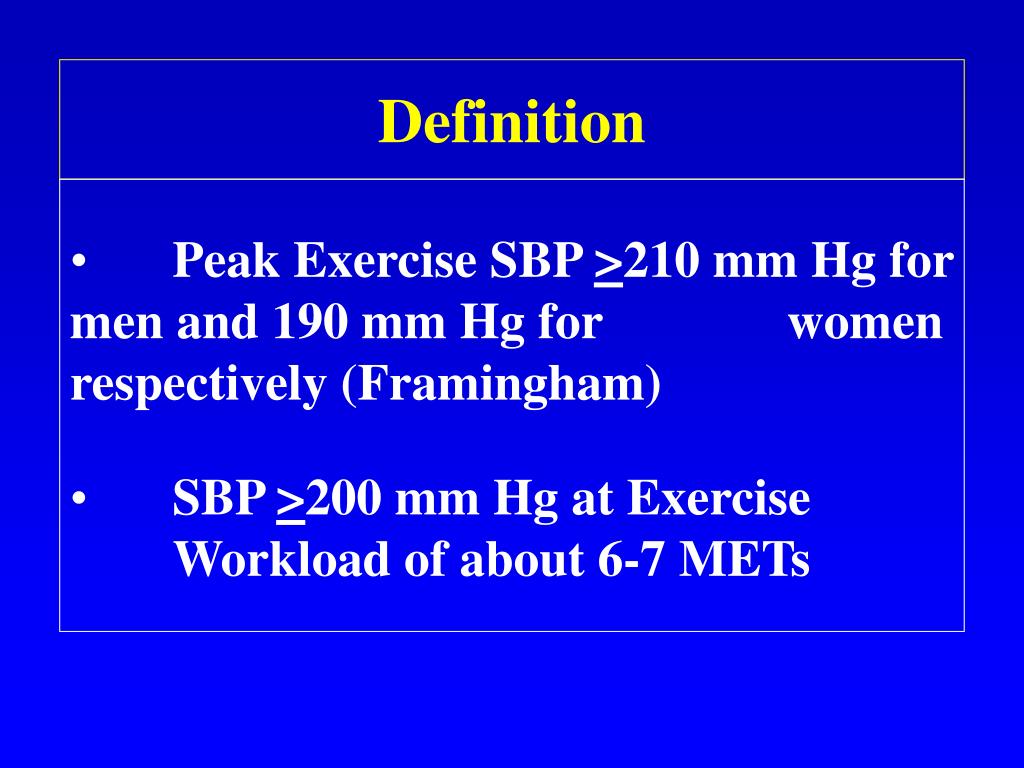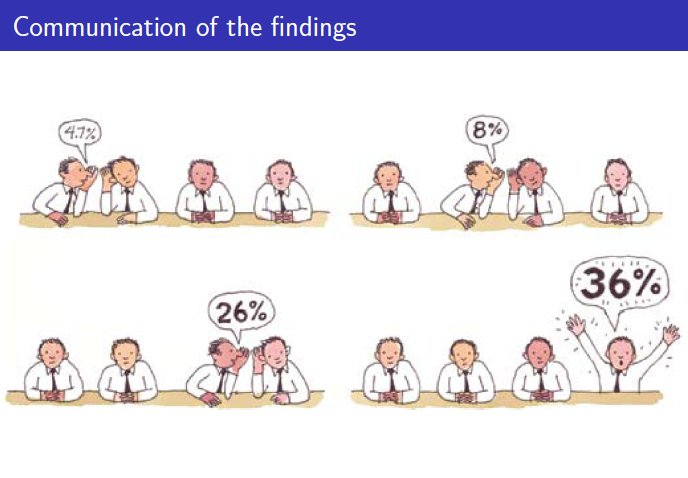

Interindividual differences in T-cell receptors and other factors also presumably play a role in determining which patients will have an IDR. In addition, with the exception of abacavir, most patients who have the HLA that confers a higher IDR risk with a specific drug will not have an IDR when treated with that drug. The discovery of HLA molecules as important risk factors for some IDRs has also significantly contributed to our understanding of these adverse reactions, but it is not yet clear what fraction of IDRs have a strong HLA dependence. Models to explain how drugs or reactive metabolites interact with the MHC/T-cell receptor complex include the hapten and P-I models, and most recently it was found that abacavir can interact reversibly with MHC to alter the endogenous peptides that are presented to T cells. However, rigorous mechanistic studies are very difficult to perform, especially in the absence of valid animal models. Clinical characteristics suggest that IDRs are immune mediated, and there is substantive evidence that most, but not all, IDRs are caused by chemically reactive species. The major targets are skin, liver, and bone marrow.

Idiosyncratic drug reactions are a significant cause of morbidity and mortality for patients they also markedly increase the uncertainty of drug development.


 0 kommentar(er)
0 kommentar(er)
